
I’m not a knife guy, but I like knives. I particularly like knives with wartime reputations. These knives become things of legend. Knives like the Ka-Bar, the Bowie knife, and the Trench Knife are American legends. One of these legends outshines the rest, and it’s known as the Fairbairn-Sykes Commando Dagger. The knife is of British origin and came to be during World War II. There, it became a standard part of the British commandos’ kit and became a legend in its own right.
The Fairbairn-Sykes Commando Dagger – A Desperate Need
World War II was going badly for the Allies early on. Dunkirk and the French surrender occurred as the Nazi war machine grew and expanded. Winston Churchill wanted to keep the fight alive with the Brits, so the British Commandos were born. These men would be a portable strike force designed to harass and slow the spread of the Nazis.
They were to be trained and unleashed to be saboteurs who were experts in insertion, escape, demolitions, and combat. The spirit was there, but the steel wasn’t. British Commandos and British forces, in general, were full of spirit but short on steel. The Commandos were sharing Thompsons, and sidearms weren’t common. A knife would fill that gap and provide a secondary weapon to provide close protection.
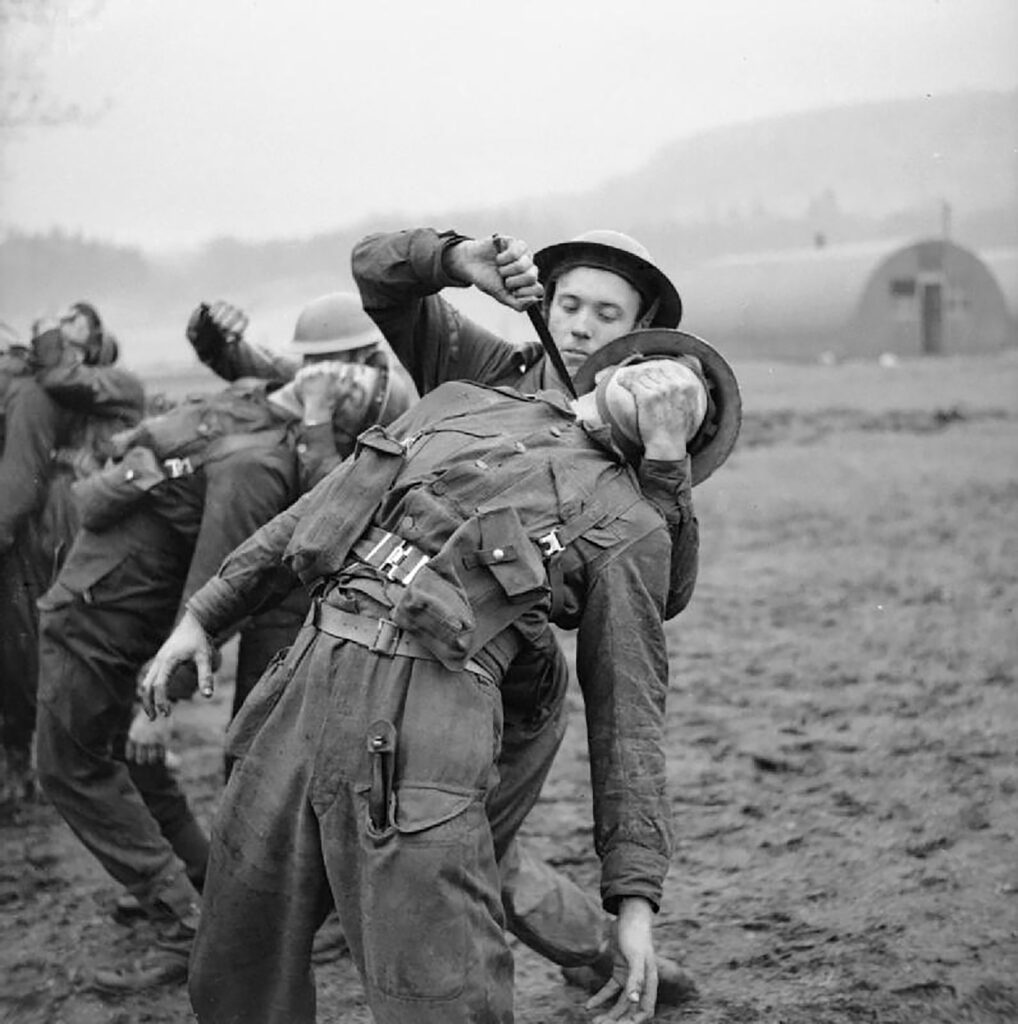
Two Brits who served abroad in the Shanghai Municipal Police came back home to support the war effort and train the British commandos in close-quarter combat. William Ewart Fairbairn and Eric Anthony Sykes weren’t your average policemen. Shanghai was a hive of criminals, and violence was daily. They were seasoned and skilled and responsible for training the police of the SMP. These guys knew the insides and outs of close combat.
You need a knife and have two close-quarter combat specialists working for you. It’s like a match made in heaven. Fairbairn and Sykes worked together and designed the Fairbairn-Sykes Commando Dagger.
Designing a Commando Dagger
As the name “dagger” implies, both sides were sharp and reached a traditional dagger tip. A slight cross guard protected the hand, and most commonly, a seven-inch blade topped it off. The overall length was 11.5 inches. There are some slight variations of the knife with slightly shorter blades. The original Shanghai knife used a 5.5-inch blade, and the first pattern commando daggers had 6.5-inch blades. Later models went as long as 7.5 inches.
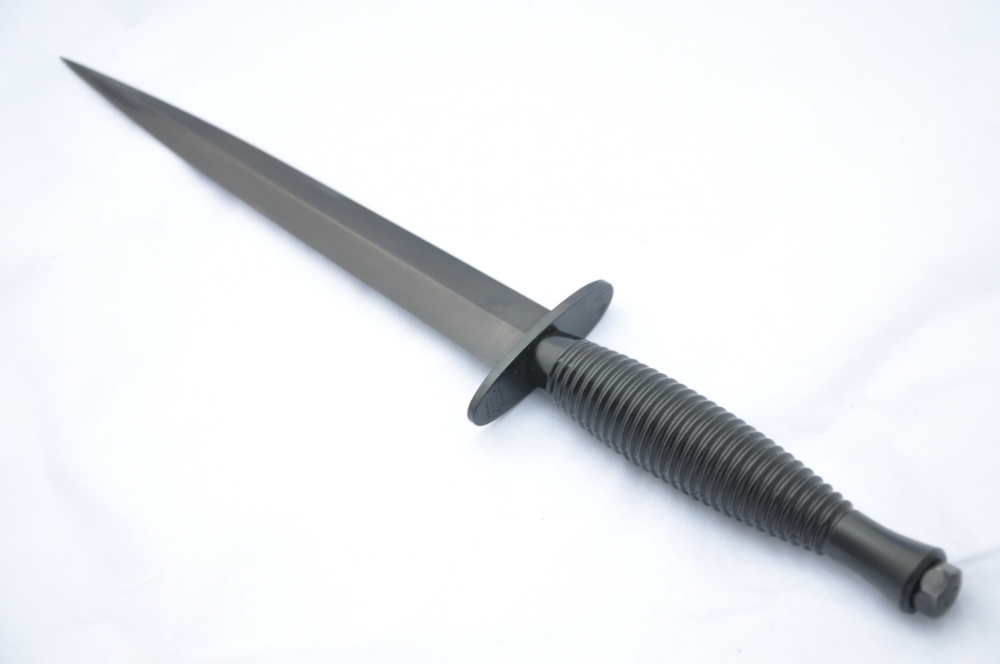
The long blade was designed to pierce through thick clothing that might be worn. Winters in Europe aren’t known for being pleasant. A soldier might have to stab through 3 inches worth of coats to reach anything vital.
Most of the knives use ring grips to encourage a good hold on the knife, but there are various grip designs with different textures and patterns. You might find a rounded ball or knurled grip. Most had English markings, but they made sterilized models for sneaky, sneaky stuff.
The Knife In Action
The Commando Dagger was attached to troops as they led excursions into German-controlled areas. Some were carried on legs, others on belts, and some up sleeves. Commandos para trooped into locations with nothing more than a Colt M1903 and a Fairbairn-Sykes Commando Dagger at times. The knife was a constant ally to the British Spec Ops Commando. It’s always tough to know where and how they were used, but we have at least one account of a British Commando killing a German officer.
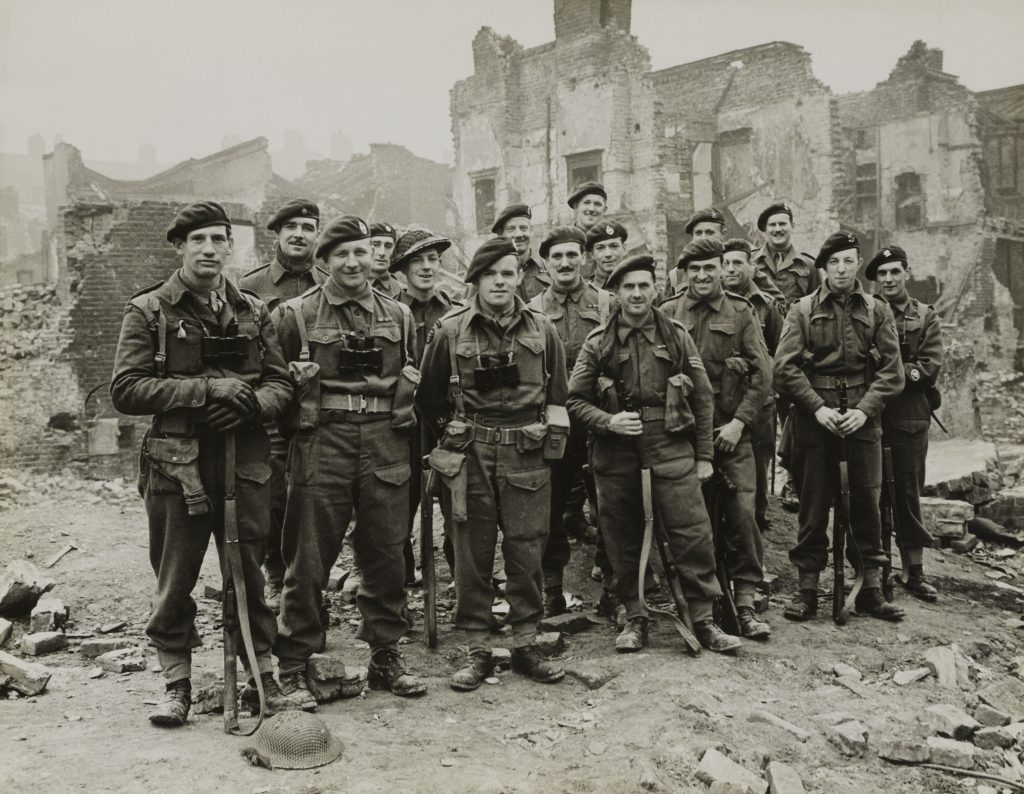
George Peel of 3 Commando:
We moved forward, using house-to-house techniques, diving into porches, our Lee-Enfield rifles at the ready. I was in a doorway, and I had a feeling, the door behind me opened slowly. When it was half open, I gave it a kick and standing there was a German officer. Without even having to think, I whipped my knife out and stabbed him. But then I couldn’t bring myself to pull it out of him. It suddenly appalled me what I’d done. For all the training we’d had — and it was the reaction I’d been trained for — this was one of the worst episodes of my career.
Peel’s actions likely saved his life and were the result of an effective training regiment, but opened our eyes to the nature of such close combat. As fun as it is to romanticize the Commando experience it was often a brutal one.
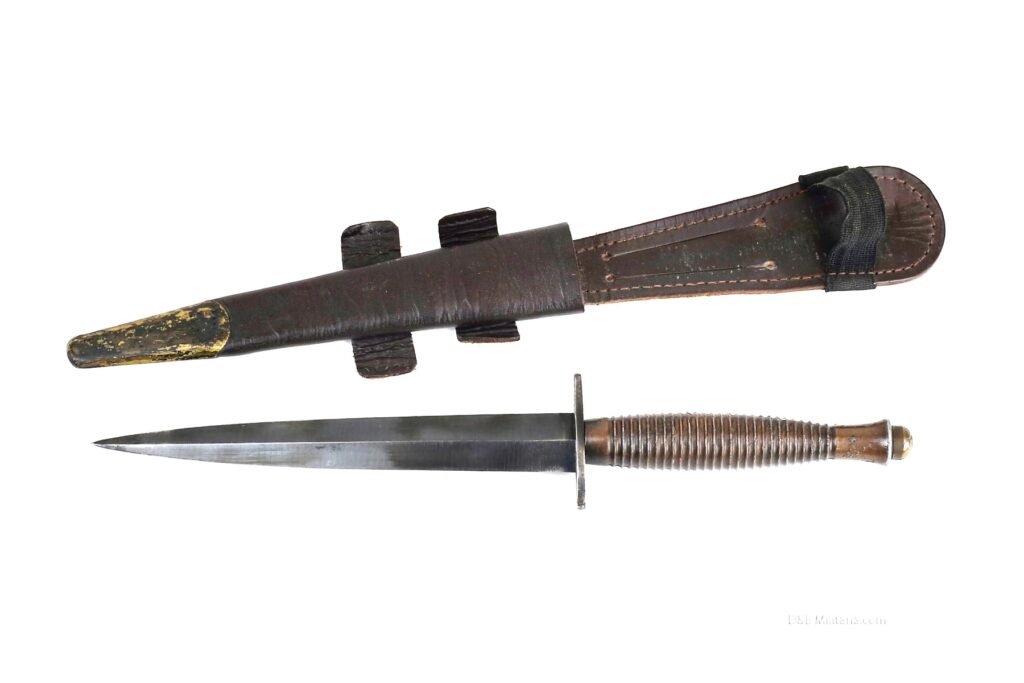
Beyond the British
The British developed and fielded the Fairbairn-Sykes Commando Dagger, but the design proved so efficient that various forces would adopt it in some form or another. The British version of the Fairbairn-Sykes Commando Dagger moved outside of the commandos, and all manner of British troops used them when they could get one—but the knife went international.
Marine Raiders had their own, known as the Raider Stiletto. This knife was directly inspired by the Fairbairn-Sykes Commando Dagger, and Marine Raiders went to Europe to train with the British commandos and learn their techniques. They often kept their stiletto tucked behind their M1911.
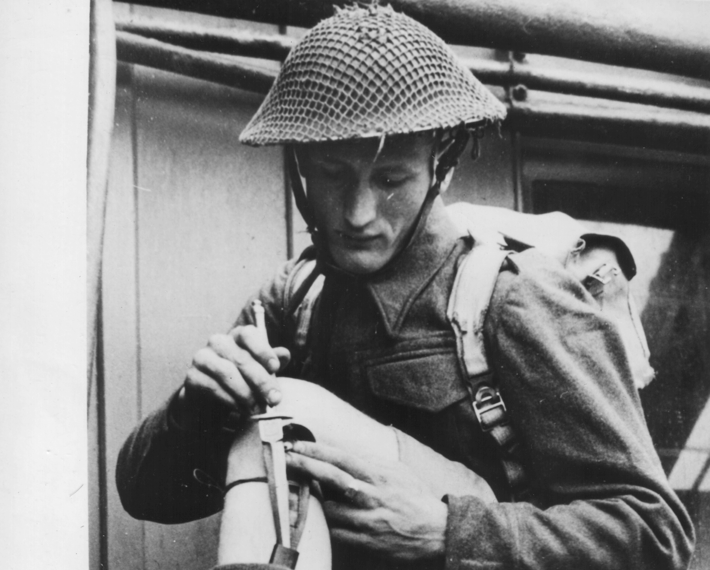
The OSS also saw a need for a quick and dangerous weapon for close-quarters combat and silent killing. Agents of the OSS were trained by Fairbairn, Sykes, and Rex Applegate. These men became accustomed to the Fairbairn-Sykes Commando Dagger and adopted their own. These lacked any markings and came with a unique holster.
Finally, another Shanghai policeman named Dermot O’Neill trained the 1st Special Service Force, a joint team of Americans and Canadians. Some of these men had been a part of the commando training with the British, and they came together to design the V-42. The knife used a 7.5-inch blade with a stacked washer handle that ended with a skull crusher on the pommel.
The Fairbairn-Sykes Commando Dagger Today
While I bet most spec ops soldiers still carry knives, I doubt they intend to use them for combat. The Fairbairn-Sykes Commando Dagger isn’t issued these days but maintains an allure. Several special operations units use the Dagger as their symbol on patches, guidons, and other regalia. It’s earned a spot in history, and it killed a lot of the enemies of democracy to get it.



